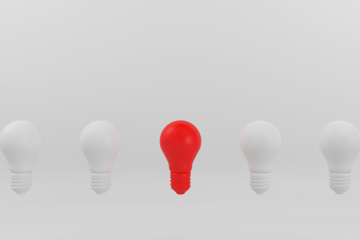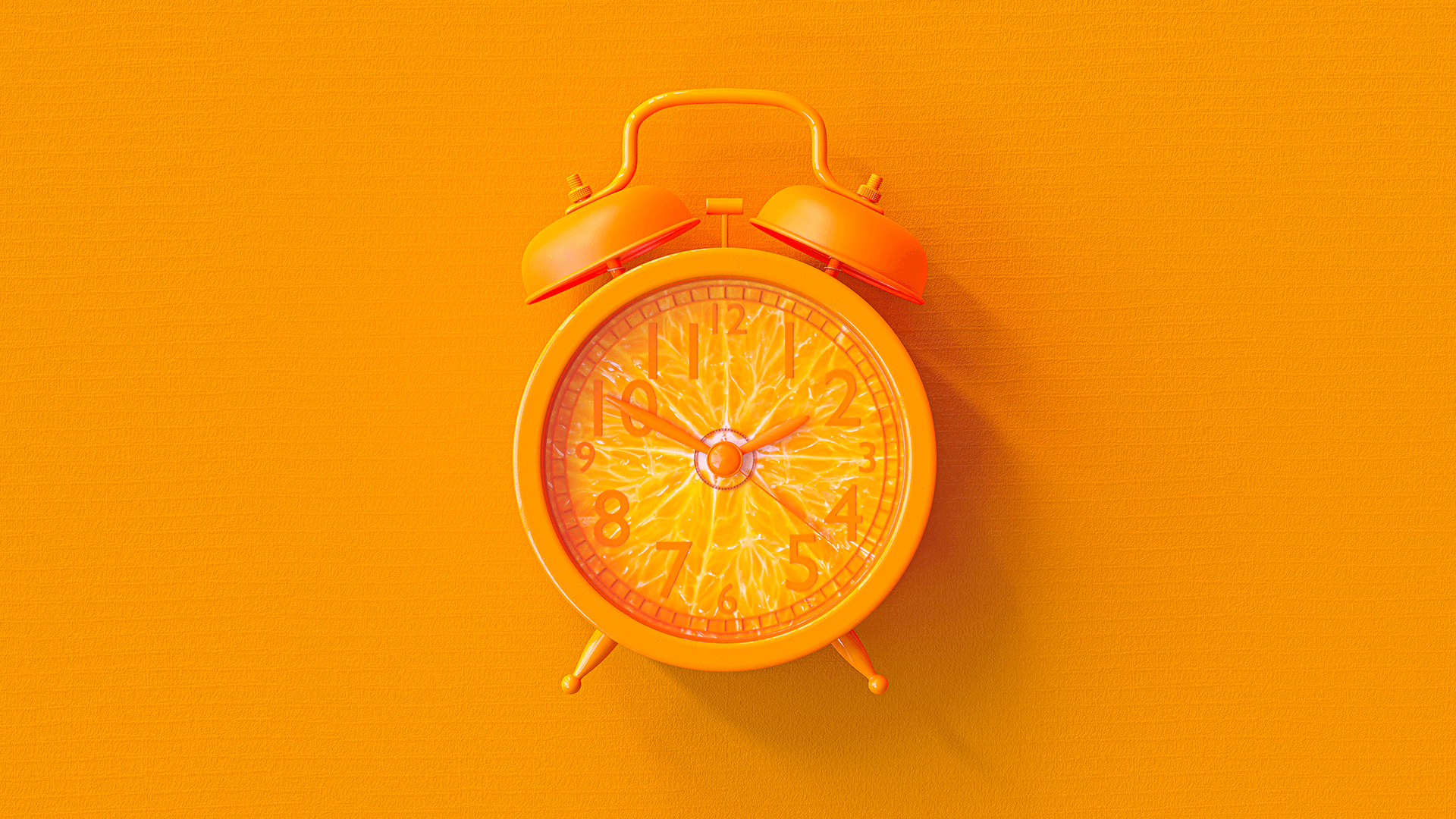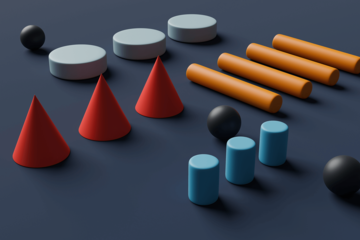Browse
Pedagogical Design
Posted on: #iteachmsu

PEDAGOGICAL DESIGN
The Structure, Format, Content, and Style
Why a Scientific Format?
The scientific format may seem confusing for the beginning science writer due to its rigid structurewhich is so different from writing in the humanities.
One reason for using this format is that it is ameans of efficiently communicating scientific findings to the broad community of scientists in a uniform manner. Another reason, perhaps more important than the first, is that this format allows the paper to be read at several different levels.
For example, many people skim Titles to find out what information is available on a subject. Others may read only titles and Abstracts. Those wanting to go deeper may look at the Tables and Figures in the Results, and so on. The take home point here is that the scientific format helps to insure that at whatever level a person reads your paper (beyondtitle skimming), they will likely get the key results and conclusions.
The scientific format may seem confusing for the beginning science writer due to its rigid structurewhich is so different from writing in the humanities.
One reason for using this format is that it is ameans of efficiently communicating scientific findings to the broad community of scientists in a uniform manner. Another reason, perhaps more important than the first, is that this format allows the paper to be read at several different levels.
For example, many people skim Titles to find out what information is available on a subject. Others may read only titles and Abstracts. Those wanting to go deeper may look at the Tables and Figures in the Results, and so on. The take home point here is that the scientific format helps to insure that at whatever level a person reads your paper (beyondtitle skimming), they will likely get the key results and conclusions.
Posted by:
Chathuri Hewapathirana

Posted on: #iteachmsu


The Structure, Format, Content, and Style
Why a Scientific Format?
The scientific format may seem confusing f...
The scientific format may seem confusing f...
Posted by:
PEDAGOGICAL DESIGN
Monday, Dec 28, 2020
Posted on: #iteachmsu

Pedagogical Design
Student Assessment in Teaching and Learning
Posted by:
Rene Wells

Posted on: #iteachmsu


Posted by
over 4 years ago
It improves your thinking, listening and speaking skills. It also promotes your confidence level. It is an effective tool in problem solving, decision making and personality assessment. GD skills may ensure academic success, popularity and good admission or job offer.
It improves your thinking, listening and speaking skills. It also promotes your confidence level. It is an effective tool in problem solving, decision making and personality assessment. GD skills may ensure academic success, popularity and good admission or job offer.
It improves your thinking, listening and speaking skills. It also promotes your confidence level. It is an effective tool in problem solving, decision making and personality assessment. GD skills may ensure academic success, popularity and good admission or job offer.
Posted on: #iteachmsu



Posted by
over 4 years ago

I’ll confess up front: I have terrible posture. It’s been bad since I was in high school at least, and probably for even longer than that. It’s one of those things I keep in the back of my mind as something I know I should do, but never get around to, like eating more vegetables and sending more postcards.
It’s really interesting to explore commonly-held assumptions for the Buffer blog, because I often find out surprising things. Researching how our posture affects us was no different. If you’re like me and struggle to sit up straight when you know you should, you might like this post.
I’ll confess up front: I have terrible posture. It’s been bad since I was in high school at least, and probably for even longer than that. It’s one of those things I keep in the back of my mind as something I know I should do, but never get around to, like eating more vegetables and sending more postcards.
It’s really interesting to explore commonly-held assumptions for the Buffer blog, because I often find out surprising things. Researching how our posture affects us was no different. If you’re like me and struggle to sit up straight when you know you should, you might like this post.
I’ll confess up front: I have terrible posture. It’s been bad since I was in high school at least, and probably for even longer than that. It’s one of those things I keep in the back of my mind as something I know I should do, but never get around to, like eating more vegetables and sending more postcards.
It’s really interesting to explore commonly-held assumptions for the Buffer blog, because I often find out surprising things. Researching how our posture affects us was no different. If you’re like me and struggle to sit up straight when you know you should, you might like this post.
I’ll confess up front: I have terrible posture. It’s been bad since I was in high school at least, and probably for even longer than that. It’s one of those things I keep in the back of my mind as something I know I should do, but never get around to, like eating more vegetables and sending more postcards.
It’s really interesting to explore commonly-held assumptions for the Buffer blog, because I often find out surprising things. Researching how our posture affects us was no different. If you’re like me and struggle to sit up straight when you know you should, you might like this post.
I’ll confess up front: I have terrible posture. It’s been bad since I was in high school at least, and probably for even longer than that. It’s one of those things I keep in the back of my mind as something I know I should do, but never get around to, like eating more vegetables and sending more postcards.
It’s really interesting to explore commonly-held assumptions for the Buffer blog, because I often find out surprising things. Researching how our posture affects us was no different. If you’re like me and struggle to sit up straight when you know you should, you might like this post.
I’ll confess up front: I have terrible posture. It’s been bad since I was in high school at least, and probably for even longer than that. It’s one of those things I keep in the back of my mind as something I know I should do, but never get around to, like eating more vegetables and sending more postcards.
It’s really interesting to explore commonly-held assumptions for the Buffer blog, because I often find out surprising things. Researching how our posture affects us was no different. If you’re like me and struggle to sit up straight when you know you should, you might like this post.
I’ll confess up front: I have terrible posture. It’s been bad since I was in high school at least, and probably for even longer than that. It’s one of those things I keep in the back of my mind as something I know I should do, but never get around to, like eating more vegetables and sending more postcards.
It’s really interesting to explore commonly-held assumptions for the Buffer blog, because I often find out surprising things. Researching how our posture affects us was no different. If you’re like me and struggle to sit up straight when you know you should, you might like this post.
It’s really interesting to explore commonly-held assumptions for the Buffer blog, because I often find out surprising things. Researching how our posture affects us was no different. If you’re like me and struggle to sit up straight when you know you should, you might like this post.
I’ll confess up front: I have terrible posture. It’s been bad since I was in high school at least, and probably for even longer than that. It’s one of those things I keep in the back of my mind as something I know I should do, but never get around to, like eating more vegetables and sending more postcards.
It’s really interesting to explore commonly-held assumptions for the Buffer blog, because I often find out surprising things. Researching how our posture affects us was no different. If you’re like me and struggle to sit up straight when you know you should, you might like this post.
I’ll confess up front: I have terrible posture. It’s been bad since I was in high school at least, and probably for even longer than that. It’s one of those things I keep in the back of my mind as something I know I should do, but never get around to, like eating more vegetables and sending more postcards.
It’s really interesting to explore commonly-held assumptions for the Buffer blog, because I often find out surprising things. Researching how our posture affects us was no different. If you’re like me and struggle to sit up straight when you know you should, you might like this post.
I’ll confess up front: I have terrible posture. It’s been bad since I was in high school at least, and probably for even longer than that. It’s one of those things I keep in the back of my mind as something I know I should do, but never get around to, like eating more vegetables and sending more postcards.
It’s really interesting to explore commonly-held assumptions for the Buffer blog, because I often find out surprising things. Researching how our posture affects us was no different. If you’re like me and struggle to sit up straight when you know you should, you might like this post.
I’ll confess up front: I have terrible posture. It’s been bad since I was in high school at least, and probably for even longer than that. It’s one of those things I keep in the back of my mind as something I know I should do, but never get around to, like eating more vegetables and sending more postcards.
It’s really interesting to explore commonly-held assumptions for the Buffer blog, because I often find out surprising things. Researching how our posture affects us was no different. If you’re like me and struggle to sit up straight when you know you should, you might like this post.
I’ll confess up front: I have terrible posture. It’s been bad since I was in high school at least, and probably for even longer than that. It’s one of those things I keep in the back of my mind as something I know I should do, but never get around to, like eating more vegetables and sending more postcards.
It’s really interesting to explore commonly-held assumptions for the Buffer blog, because I often find out surprising things. Researching how our posture affects us was no different. If you’re like me and struggle to sit up straight when you know you should, you might like this post.
I’ll confess up front: I have terrible posture. It’s been bad since I was in high school at least, and probably for even longer than that. It’s one of those things I keep in the back of my mind as something I know I should do, but never get around to, like eating more vegetables and sending more postcards.
It’s really interesting to explore commonly-held assumptions for the Buffer blog, because I often find out surprising things. Researching how our posture affects us was no different. If you’re like me and struggle to sit up straight when you know you should, you might like this post.
Pedagogical Design
Posted on: #iteachmsu

Pedagogical Design
Fair trade
Posted by:
Chathuri Super admin..

Posted on: #iteachmsu



Posted by
almost 5 years ago

Military robots perform worse when humans won't stop interrupting them
Pedagogical Design
Posted on: #iteachmsu

PEDAGOGICAL DESIGN
AI can turn spoken language into photorealistic sign language videos Read more: https://www.newscie
An AI that can produce photorealistic videos of sign language interpreters from speech could improve accessibility by removing the need for humans.
Ben Saunders at the University of Surrey, UK, and his colleagues used a neural network that converts spoken language into sign language. The system, called SignGAN, then maps these signs on to a 3D model of the human skeleton.
The team also trained the AI on videos of real sign language interpreters, teaching it how to create a photorealistic video of anyone signing based off an image of …
Read more: https://www.newscientist.com/article/2261113-ai-can-turn-spoken-language-into-photorealistic-sign-language-videos/#ixzz6g1KMybts
Ben Saunders at the University of Surrey, UK, and his colleagues used a neural network that converts spoken language into sign language. The system, called SignGAN, then maps these signs on to a 3D model of the human skeleton.
The team also trained the AI on videos of real sign language interpreters, teaching it how to create a photorealistic video of anyone signing based off an image of …
Read more: https://www.newscientist.com/article/2261113-ai-can-turn-spoken-language-into-photorealistic-sign-language-videos/#ixzz6g1KMybts
Posted by:
Greg Thomsan

Posted on: #iteachmsu


AI can turn spoken language into photorealistic sign language videos Read more: https://www.newscie
An AI that can produce photorealistic videos of sign language inter...
Posted by:
PEDAGOGICAL DESIGN
Friday, Dec 11, 2020
Posted on: #iteachmsu

Pedagogical Design
Sentiment analysis for product rating
Posted by:
Chathuri Super admin..


